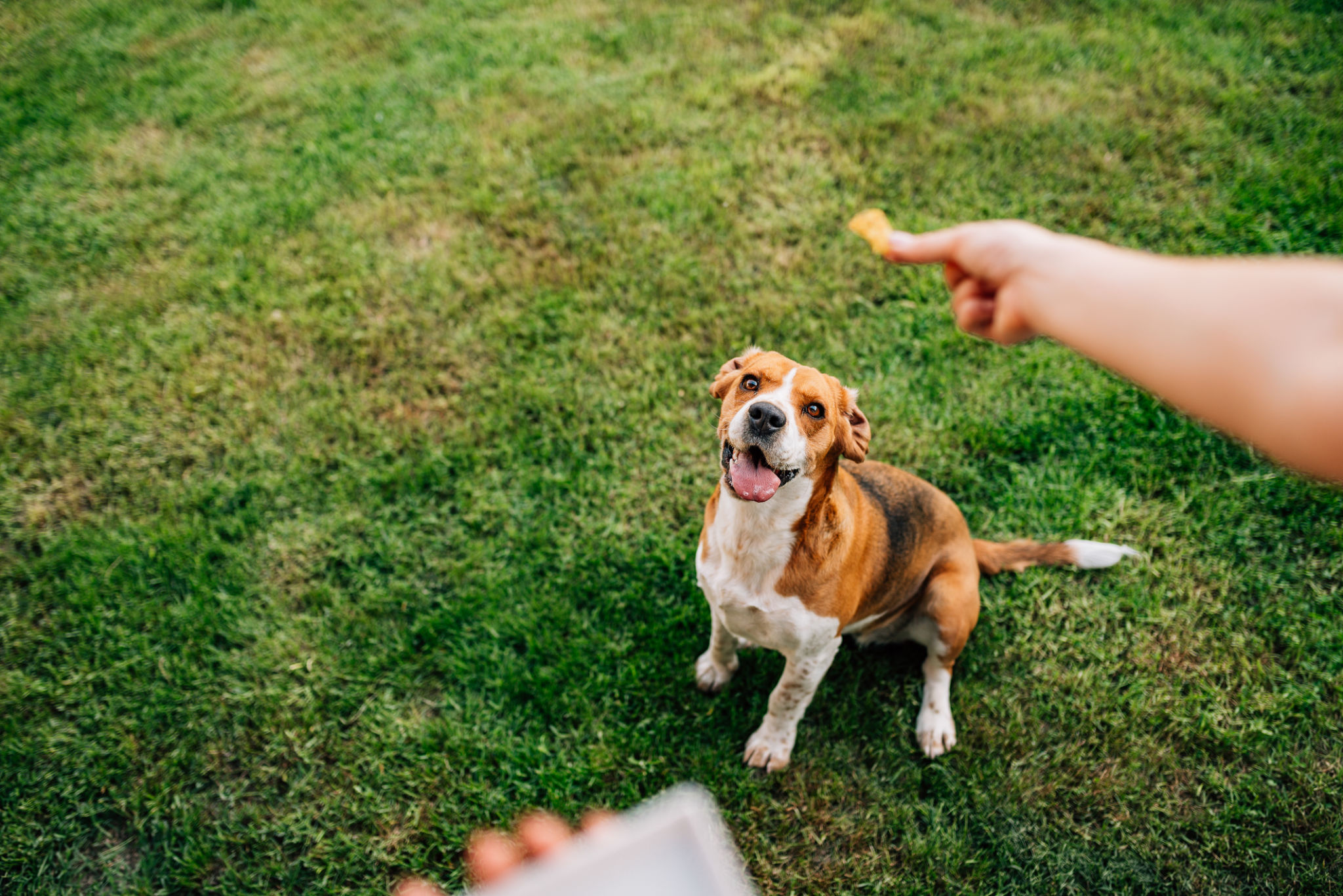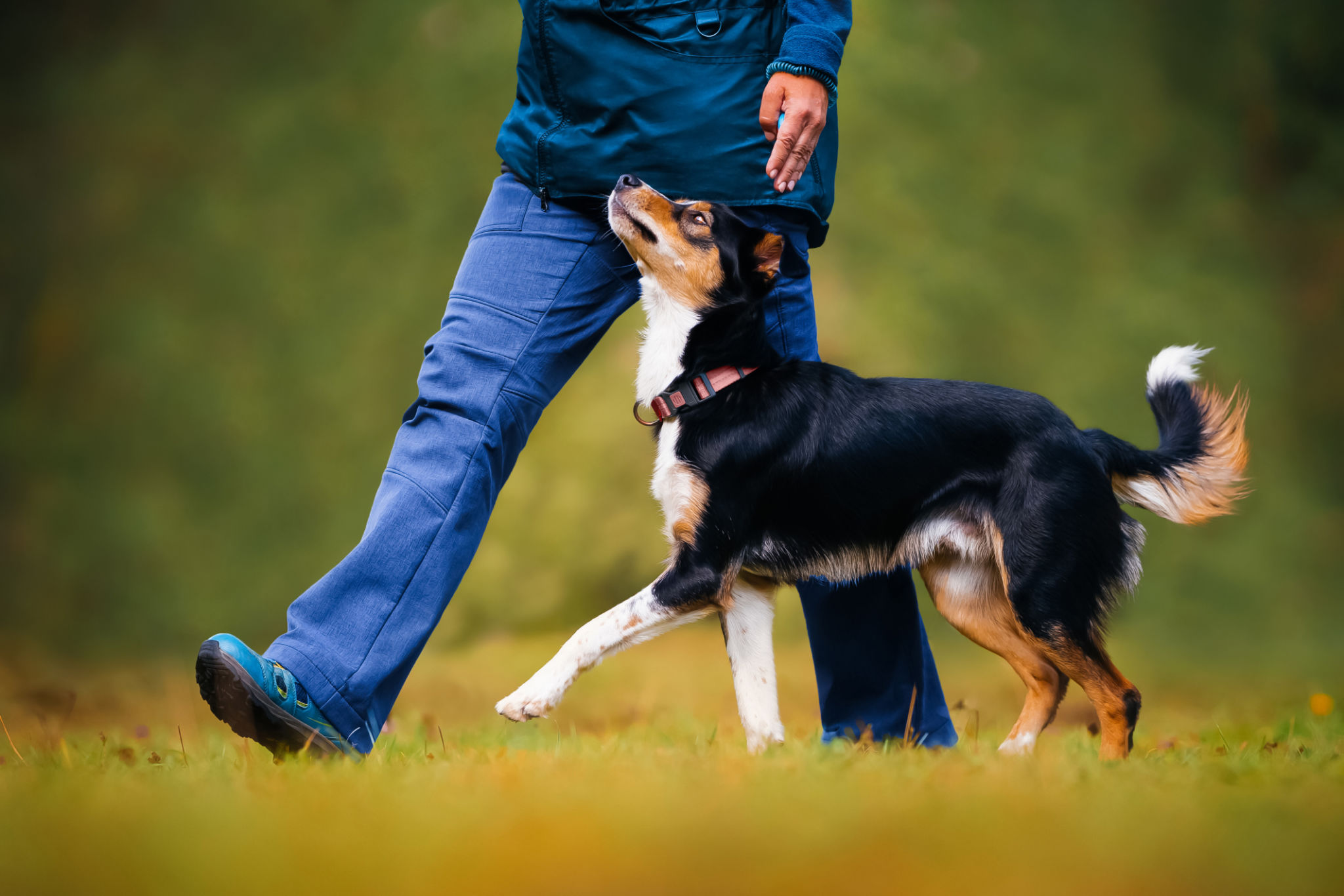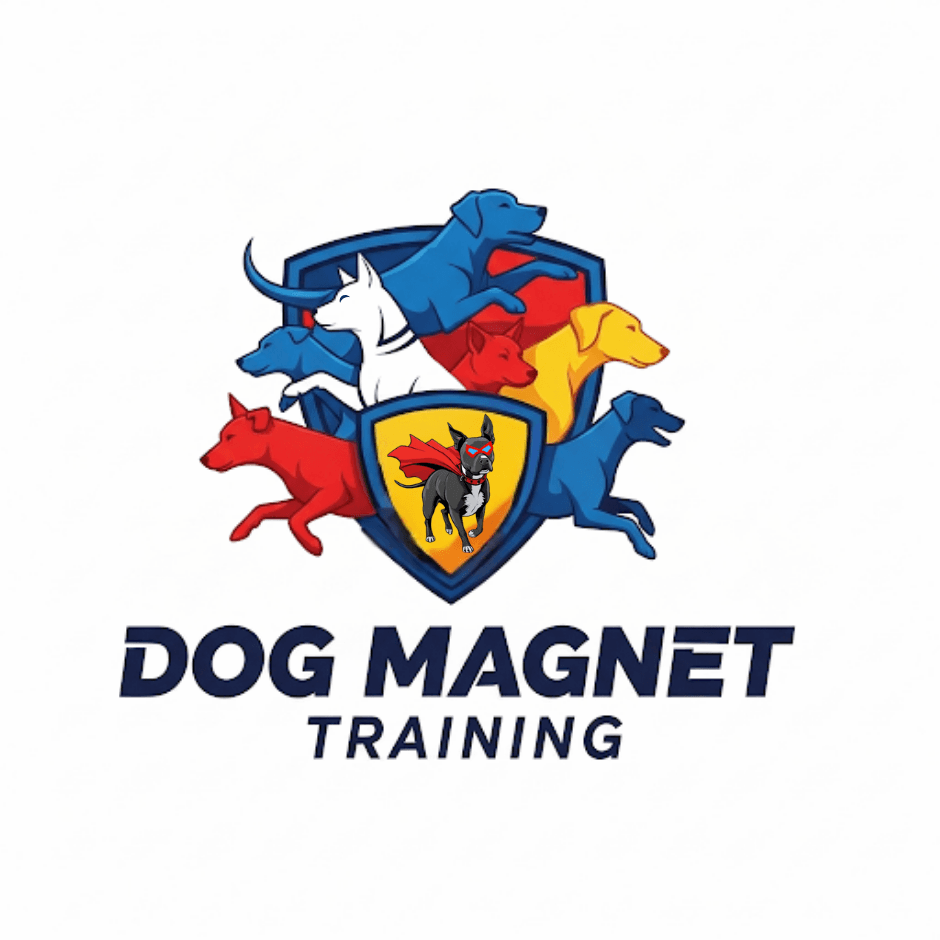A Closer Look: Comparing Dog Training Methods for Effective Results
Training a dog is an essential aspect of responsible pet ownership, ensuring that your canine companion is well-behaved and happy. With numerous training methods available, it can be challenging to determine which approach is best for your furry friend. In this blog post, we will explore various dog training methods to help you achieve effective results.
Positive Reinforcement Training
Positive reinforcement training focuses on rewarding your dog for good behavior rather than punishing bad behavior. This method is widely regarded as one of the most effective and humane training techniques. By using treats, praise, or toys as rewards, you encourage your dog to repeat the desired actions.
One of the key advantages of positive reinforcement is that it strengthens the bond between you and your pet. Dogs learn to associate good behavior with positive outcomes, making them more eager to please their owners. This method also reduces the risk of fear or anxiety in your dog, leading to a more confident and relaxed pet.

Clicker Training
Clicker training is a popular subset of positive reinforcement that uses a small device to produce a distinct clicking sound when your dog performs a desired behavior. The sound is immediately followed by a reward, helping your dog understand exactly which action earned them the treat.
The clicker acts as a consistent marker, allowing for precise timing in training. This method not only speeds up the learning process but also makes it easier for dogs to understand complex commands. Many trainers appreciate clicker training for its simplicity and effectiveness.
Operant Conditioning
Operant conditioning involves using consequences to shape an animal's behavior. This method can incorporate both positive reinforcement and negative consequences to encourage or discourage certain actions. While positive reinforcement remains the primary focus, understanding operant conditioning can help refine training techniques.
It’s important to note that operant conditioning should be applied thoughtfully to avoid any potential negative impact on your dog’s mental well-being. Striking the right balance between rewards and consequences is crucial for achieving lasting results without causing stress.

Relationship-Based Training
Relationship-based training emphasizes building a strong bond between you and your dog. This method focuses on understanding your dog's body language, emotions, and motivations, creating a more personalized training experience.
By fostering trust and communication, relationship-based training can lead to better outcomes and a more harmonious relationship with your pet. This approach requires patience and empathy but can be incredibly rewarding for both owner and dog.
Choosing the Right Method
When selecting a training method for your dog, consider their personality, breed, and individual needs. Some dogs may respond better to certain techniques than others. It’s crucial to remain flexible and open-minded, adjusting your approach as needed to ensure your dog's success.

Combining elements from various methods can also be effective. For example, you might use positive reinforcement as the foundation while incorporating elements of clicker training or relationship-based techniques. Ultimately, the goal is to create a positive learning environment where your dog feels supported and motivated.
In conclusion, understanding different dog training methods allows you to tailor your approach to suit your pet's unique needs. By investing time and effort into training, you not only enhance your dog's behavior but also strengthen the bond you share. Happy training!
